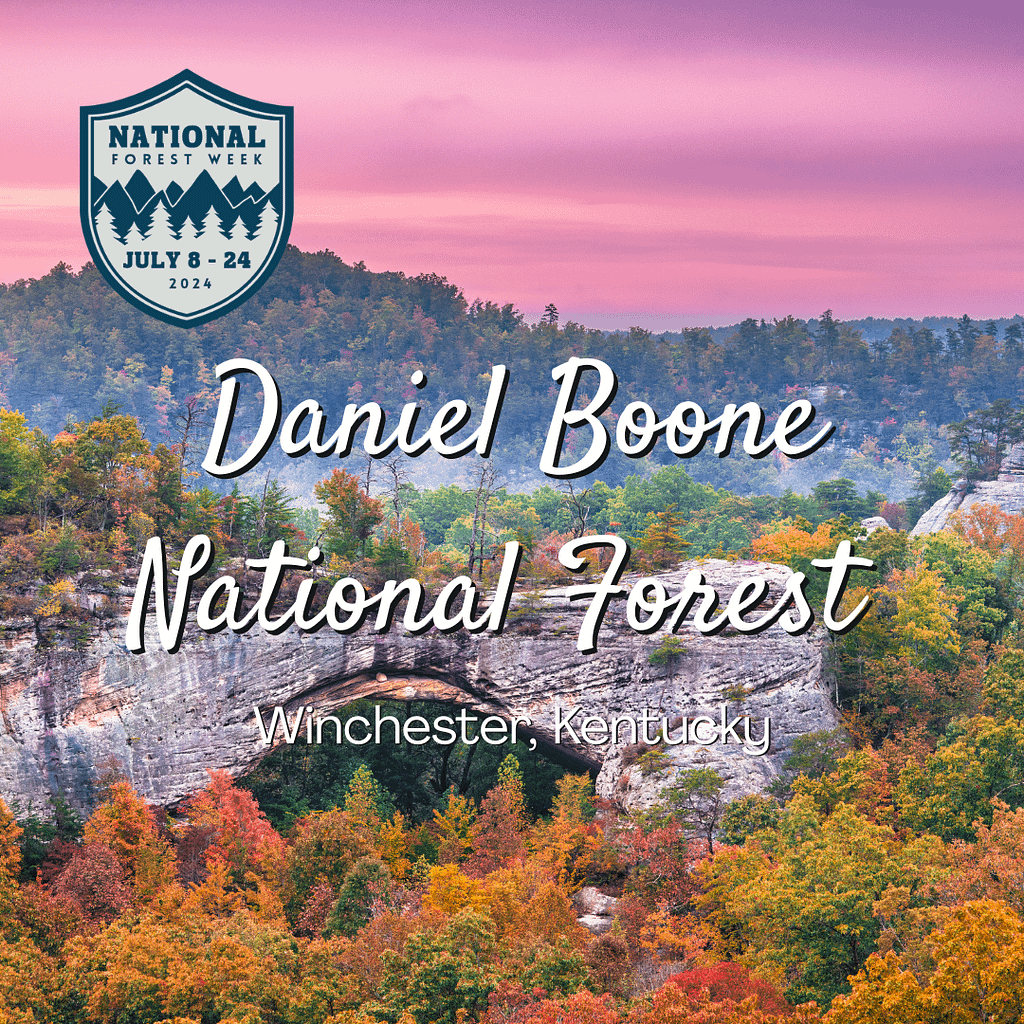
Located in the heart of Kentucky, the Daniel Boone National Forest stands out for its breathtaking beauty and unique landscape. Spanning approximately 700,000 acres, this enchanting forest captivates visitors with its diverse ecosystems, ranging from rugged cliffs to serene river valleys. As you explore its vast expanse, you will encounter a variety of plant and animal species that enrich the forest’s natural tapestry. With 600 miles of picturesque trails, the forest is a paradise for hiking enthusiasts and nature lovers alike. Moreover, the forest’s rich history adds an intriguing layer, featuring ancient rock shelters and evidence of early human habitation waiting to be discovered. Undoubtedly, the Daniel Boone National Forest is a haven for adventurers seeking both tranquility and exhilaration, providing unforgettable experiences with each visit.
Origin and History of Daniel Boone National Forest
The federal government established the Daniel Boone National Forest in 1937 to conserve eastern Kentucky’s diverse ecosystems. Early 20th-century conservation efforts prompted the federal government to purchase lands that had been heavily logged and subjected to soil erosion, seeking to restore and protect these valuable natural resources. Authorities named the forest after Daniel Boone in 1966, honoring Kentucky’s heritage and Boone’s historic explorations. Over the years, the forest’s boundaries expanded, incorporating additional lands to preserve its rich biodiversity and ensure sustainable management of the forest’s resources.

As time progressed, the Daniel Boone National Forest became a focal point for both conservation and recreation. With the Civilian Conservation Corps playing a vital role, they constructed trails, campsites, and other facilities that enhanced accessibility while protecting the forest’s fragile ecosystems. Evolving into a more modern era, the forest continues to balance its conservation goals with the increasing demand for outdoor recreational activities. Today, it remains a cherished natural sanctuary, attracting visitors from near and far who seek to experience its unique beauty and historical significance.
Flora of the Daniel Boone National Forest
In the Daniel Boone National Forest, a myriad of tree species thrive, creating a diverse and vibrant woodland tapestry. Firstly, towering oaks and hickories dominate the canopy, providing shelter and sustenance for various wildlife. These sturdy trees are complemented by the elegant maples, which, in autumn, transform the landscape into a breathtaking palette of reds and golds. The forest is also home to the American beech, known for its smooth, gray bark and dense foliage that offers ample shade. As one ventures deeper into the forest, the majestic hemlocks become more prominent, particularly in the cooler, shaded ravines where they flourish. Thus, these trees, along with a host of others, contribute to the forest’s rich and complex ecosystem.
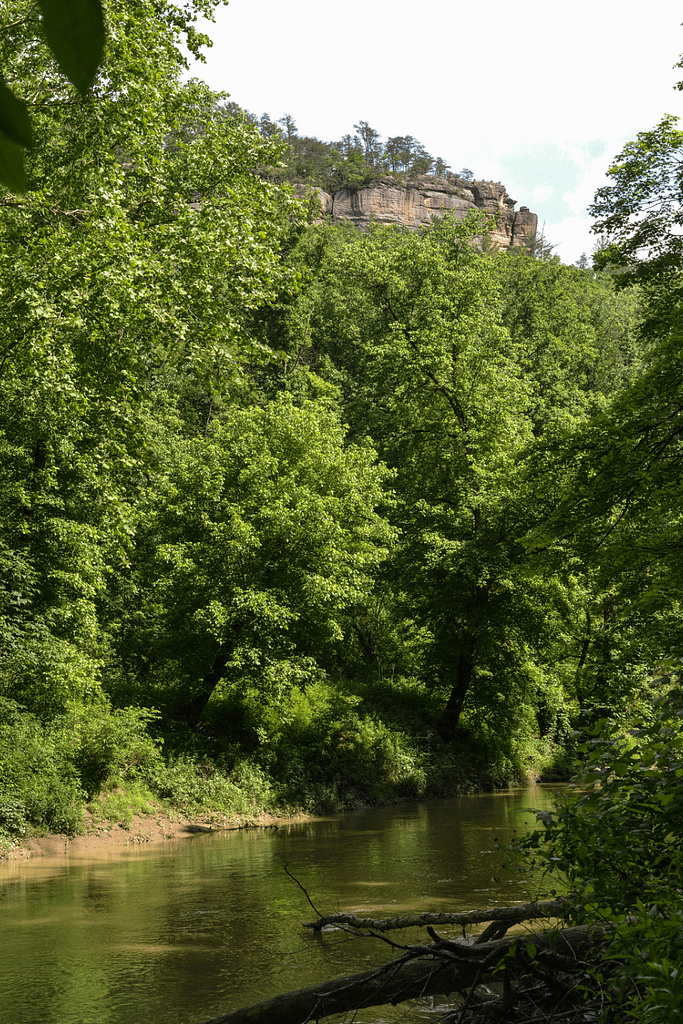
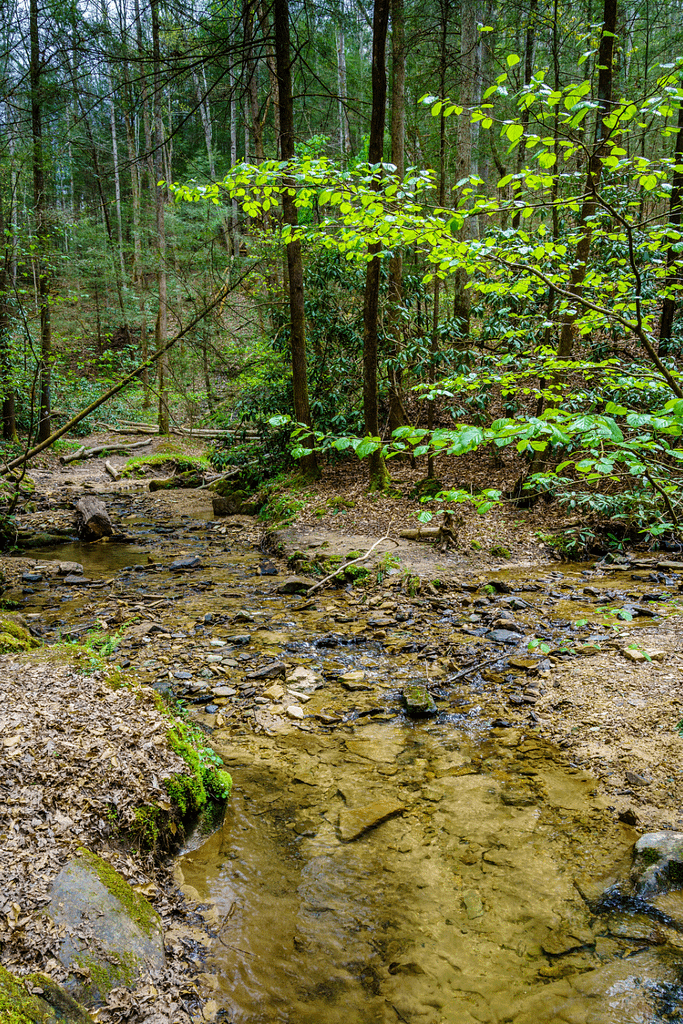
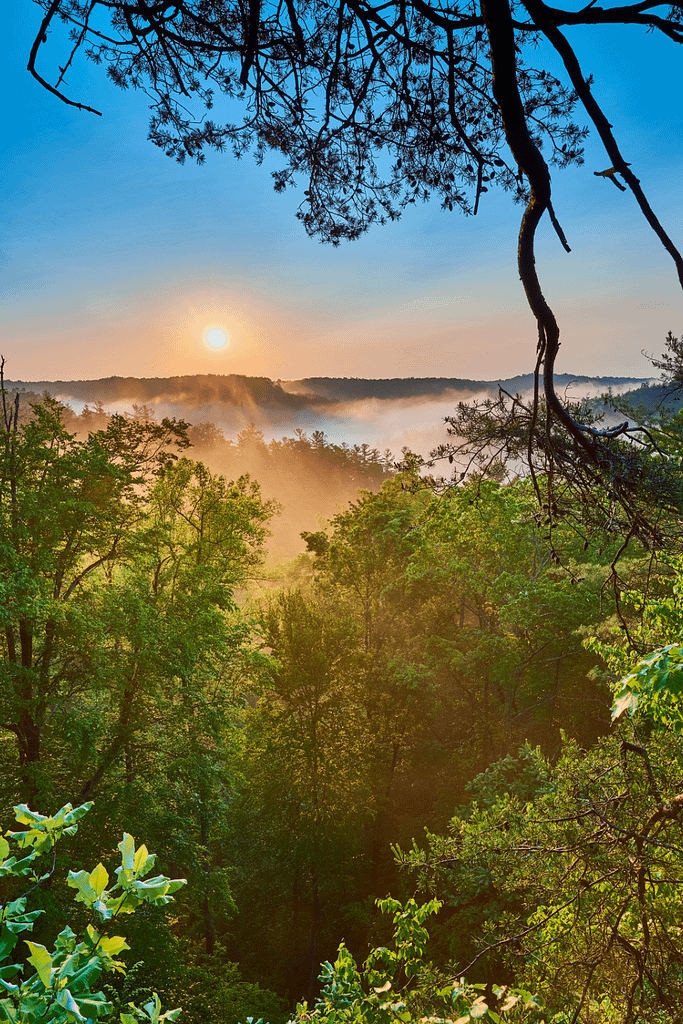
In addition, the understory of the Daniel Boone National Forest is equally remarkable, featuring an assortment of smaller trees and shrubs that add layers of texture and color. Dogwoods and redbuds, for example, are among the first to bloom in spring, painting the forest with their delicate flowers. Later, in the warmer months, the forest is dotted with the white blooms of the mountain laurel, which thrive in the acidic soils. As the seasons change, the vibrant berries of the black cherry and sassafras provide both visual interest and nourishment for birds and mammals. Together, these trees and shrubs not only enhance the forest’s aesthetic appeal but also play a crucial role in supporting the diverse wildlife that call this natural sanctuary home.
Wildlife of the Daniel Boone National Forest
Teeming with life, the Daniel Boone National Forest offers a sanctuary for a diverse array of wildlife species. As you traverse its lush trails, you may encounter the white-tailed deer gracefully darting through the underbrush, their presence a testament to the forest’s thriving ecosystem. Similarly, the Eastern wild turkey, a symbol of the forest’s richness, can often be seen foraging on the forest floor, their feathers glistening in the sun. In addition, black bears, though elusive, roam these woods, contributing to the forest’s dynamic food chain. Not only do these mammals find refuge here, but the forest’s streams and ponds also host a variety of amphibians and reptiles, such as the American toad and the Eastern box turtle, which play vital roles in maintaining ecological balance.
The skies above the Daniel Boone National Forest are alive with the flutter of myriad bird species. The melodic song of the wood thrush echoes through the canopy, while the vibrant plumage of the scarlet tanager adds a splash of color to the verdant landscape. Raptors, such as the red-tailed hawk, soar high above, providing a majestic aerial display as they hunt for prey. Also, the forest’s diverse habitats offer a haven for migratory birds, making it a prime location for birdwatchers. With each species intricately woven into the fabric of the forest, the wildlife of the Daniel Boone National Forest not only enriches the natural environment but also offers visitors the chance to witness the wonders of nature up close.
Wilderness Areas of the Daniel Boone National Forest
- Beaver Creek Wilderness – This area encompasses rugged terrain, offering a remote escape for those seeking solitude and pristine natural beauty.
- Clifty Wilderness – Known for its dramatic cliffs and secluded hiking trails, Clifty Wilderness provides an adventurous setting for exploration.
- Red River Gorge Geological Area – Although not a designated wilderness, this area is renowned for its stunning natural arches and rock formations, attracting climbers and hikers alike.
- Cumberland Plateau – The forest’s largest wilderness area boasts diverse ecosystems and scenic vistas, perfect for those who appreciate both tranquility and rugged landscapes.
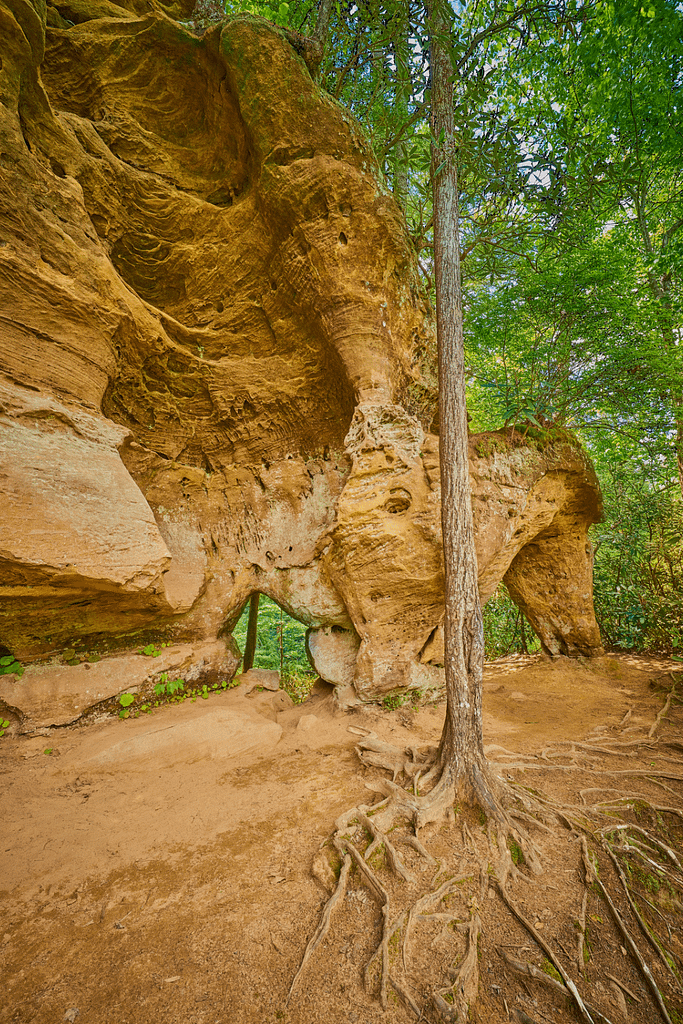
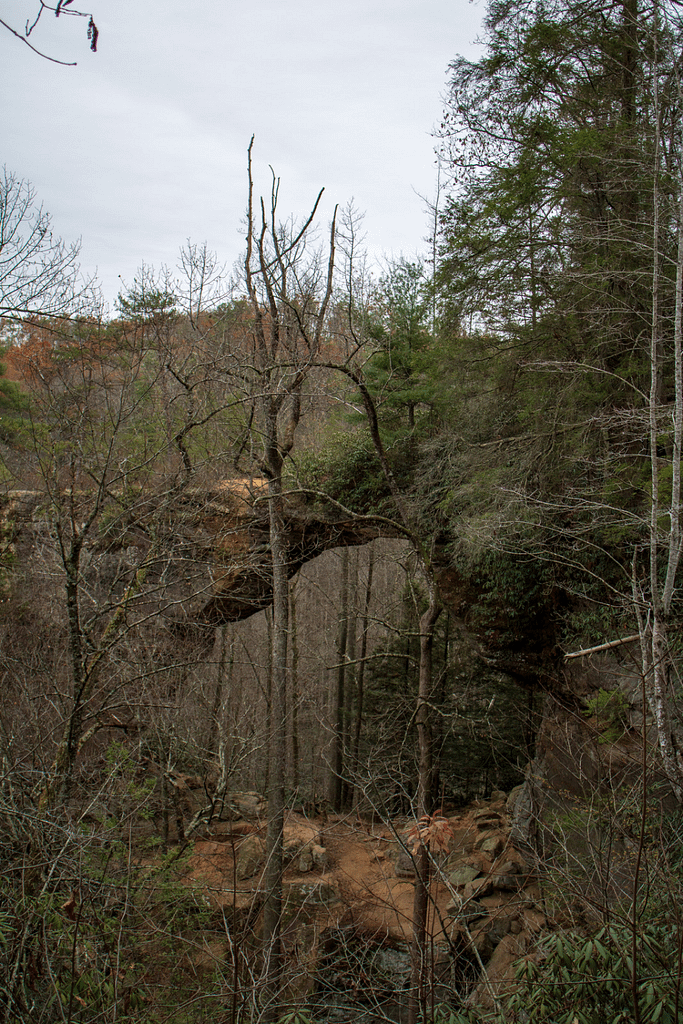
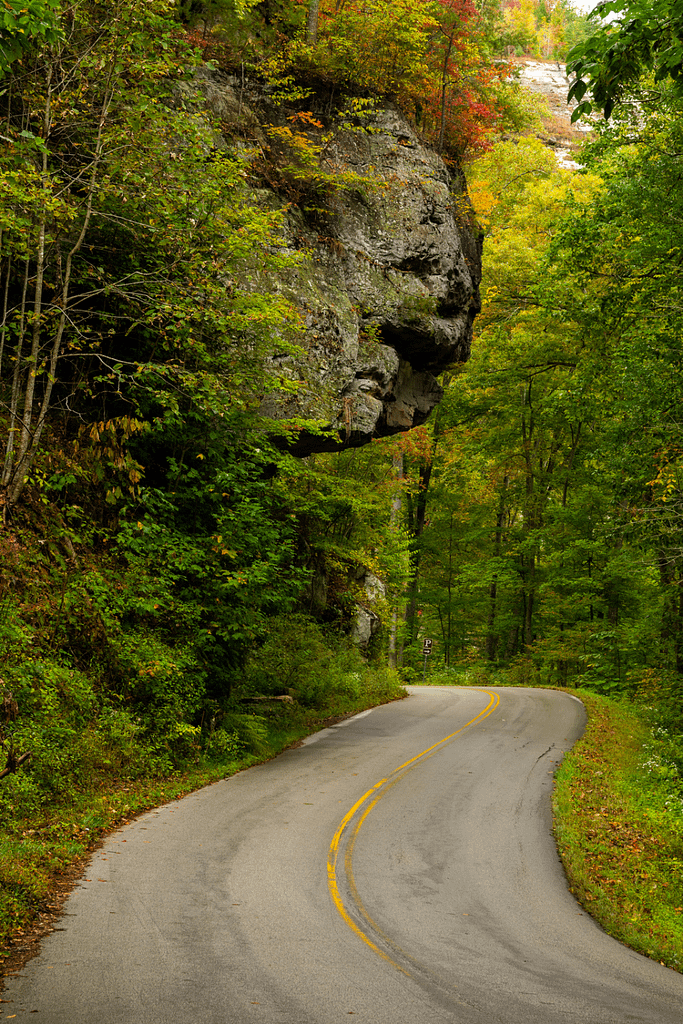
Recreational Activities in the Daniel Boone National Forest
Outdoor enthusiasts flock to the Daniel Boone National Forest to experience a wide array of recreational activities. Hiking takes center stage, with over 600 miles of trails that traverse diverse landscapes, offering routes for all skill levels. From the easy strolls along gentle paths to the challenging treks through rugged terrains, every trail promises breathtaking views and encounters with nature. The forest’s extensive trail network also provides opportunities for mountain biking and horseback riding, allowing visitors to explore the wilderness from different perspectives.
Water-based activities also abound in the forest, attracting those who revel in aquatic adventures. Canoeing and kayaking enthusiasts glide through the serene waters of the forest’s lakes and rivers, immersing themselves in the tranquil surroundings. Fishing is another popular pastime, with anglers casting their lines in search of bass, trout, and catfish in the forest’s abundant waterways. In addition, the forest offers several campgrounds, where families and friends can bond over campfires, share stories under the starry sky, and enjoy the simple pleasures of outdoor living.
For those interested in rock climbing and rappelling, the Daniel Boone National Forest does not disappoint. The Red River Gorge Geological Area, renowned for its stunning rock formations, draws climbers from around the world. Its towering cliffs and natural arches provide an exhilarating challenge for climbers of varying expertise. Meanwhile, wildlife watching presents a more leisurely option, inviting visitors to observe the forest’s rich biodiversity. With each recreational activity, the forest offers a unique and memorable experience, ensuring that every visitor leaves with a deeper appreciation for this natural wonder.
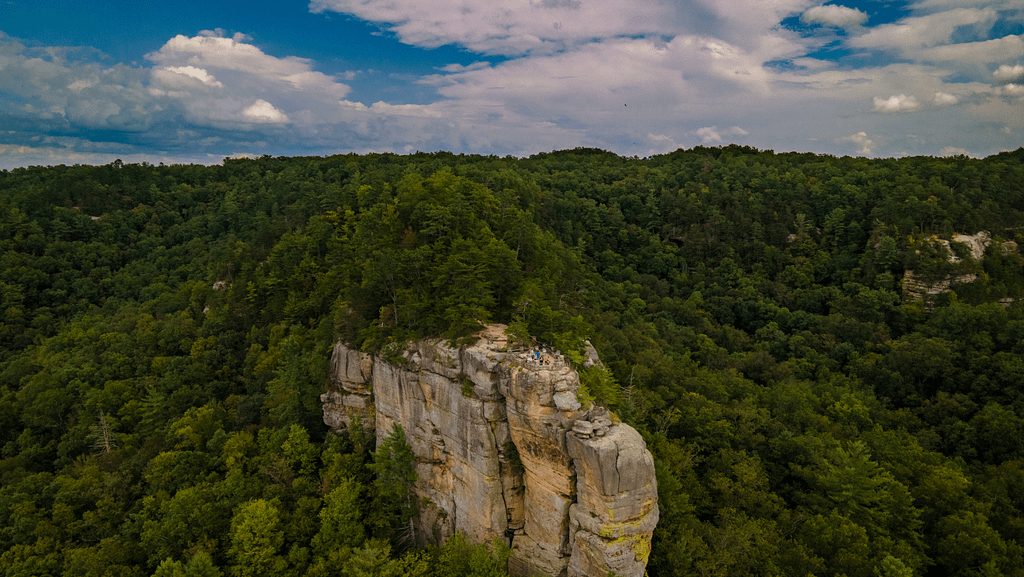
Adventure Is Waiting
The Daniel Boone National Forest captivates with its serene remoteness, offering a breathtaking escape into nature’s untouched splendor. Visitors immerse themselves in the forest’s quietude, where the whispers of the wind through the trees and the gentle rustle of leaves create a symphony of tranquility. This vast and rugged landscape invites exploration, providing the perfect backdrop for both solitude and adventure. As hikers traverse its winding trails and kayakers glide along its calm rivers, the forest reveals its hidden treasures—wildlife thriving in their natural habitats and panoramic vistas that inspire awe. Its remoteness enhances the experience, allowing individuals to reconnect with the earth’s timeless beauty and leaving them with unforgettable memories. In the Daniel Boone National Forest, the promise of discovery and peace is ever-present, beckoning all who seek respite from the modern world.
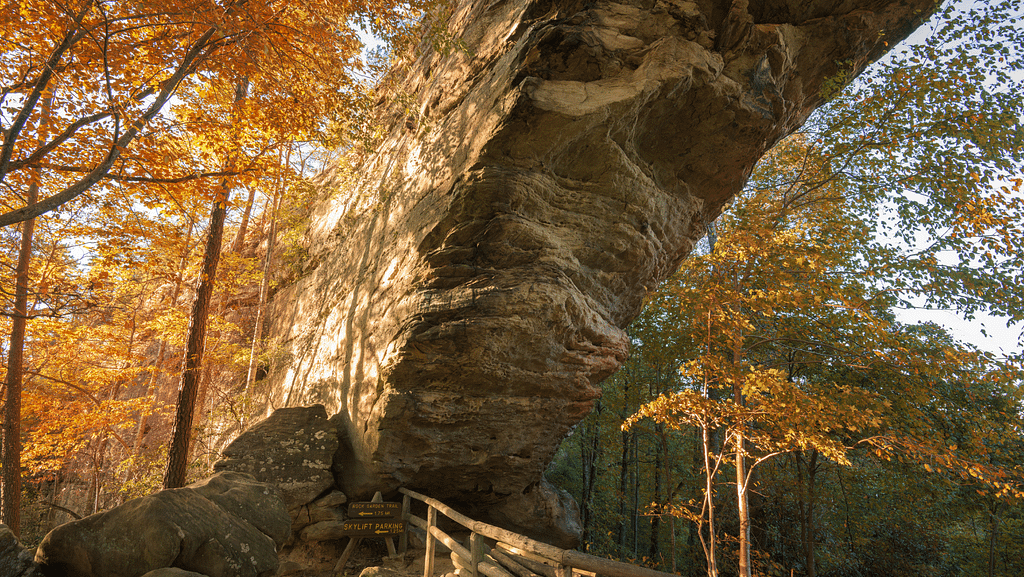
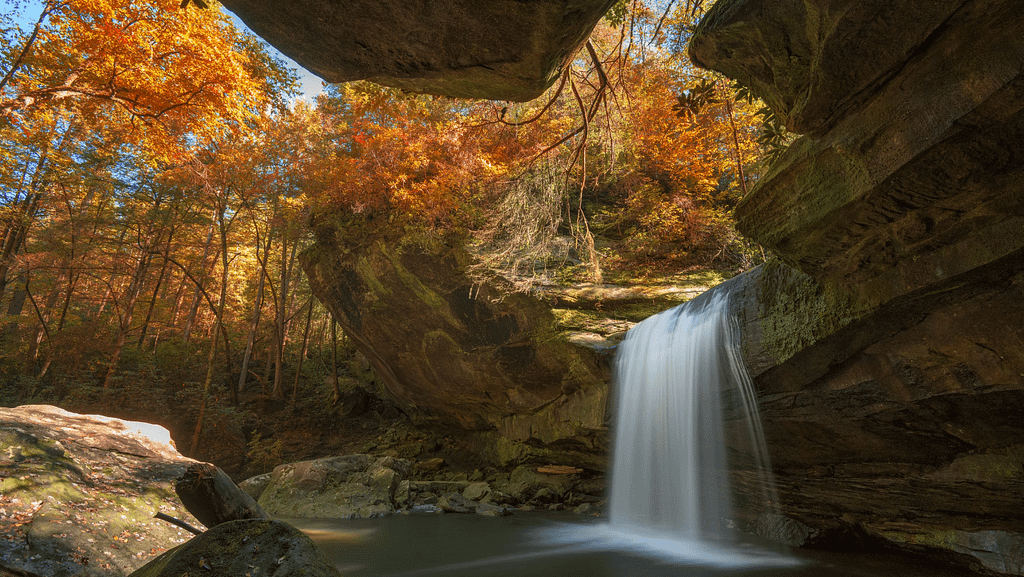
Essential Links
To fully explore and engage with the wonders of the Daniel Boone National Forest, the following links provide valuable resources and information:
- US Forest Service – Visit the official website of the Daniel Boone National Forest for comprehensive information on visitor services, maps, camping, trails, and current conditions.
- National Forest Foundation – The National Forest Foundation offers insights into conservation efforts, projects, and ways to support the forest’s preservation and sustainability.
- Visit the Red River Gorge Geological Area – Learn more about the popular Red River Gorge Geological Area within the forest, renowned for its stunning rock formations and outdoor activities.
- Jackson County Kentucky Tourism – The Jackson County Kentucky Tourism site provides additional resources on planning your visit, including attractions, activities, and local accommodations.
These links will guide you in planning your adventure and ensuring a memorable experience in the Daniel Boone National Forest.
This article intended for National Forest Week 2024 was crafted but never released. Changes or corrections have been made to the initial content to improve accuracy, clarity, or relevance.

